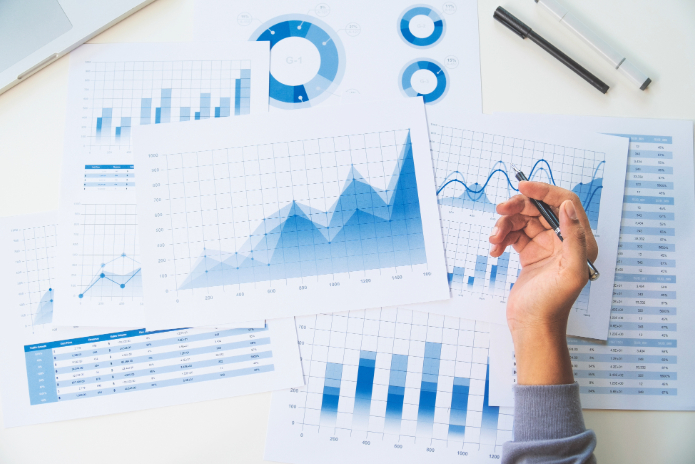For a long time, pre-sale was synonymous with a gray button below the product with the phrase ‘coming soon’ — or, at most, a sign-up form for those who wanted to be notified by email. In physical retail, the goal was to secure demand for inventory that hadn’t even arrived yet. But in the digital space, the game has changed — and changed dramatically.
Today, the logic of pre-sales has been completely redefined. It’s no longer a passive notice but a spectacle with a date, script, calculated scarcity, and meticulously built anticipation. ‘In digital marketing, pre-sales have become the main persuasion tool. They generate desire even before the product is available. And they do this with narrative, positioning, and very well-structured triggers,’ explains Thiago Finch, founder of Holding Bilhon and a reference in digital launches in Brazil.
The difference between ‘notifying’ and making people count the days
Instead of waiting for consumers to remember the product exists, brands now create events around the launch. These are content series with a beginning, middle, and end, exclusive funnels that only work for a few days, and campaigns that turn ‘not yet available’ into an unmissable opportunity. ‘Digital pre-sales are emotional. They play on FOMO, scarcity, and the feeling that if you don’t act now, you’ll miss out on something important. And this works because people make decisions based on emotion, not just logic,’ notes Finch.
The combination of storytelling and automation has also elevated this model to a new level. Email sequences, countdown pages, exclusive groups, live spoilers, and even gamified teasers are part of the machinery. The consumer doesn’t just follow along—they participate in the process. And the more they engage, the higher the conversion rate. ‘A good launch turns curiosity into a decision. And this happens before the official cart opens,’ says the entrepreneur.
The launch is the new stage — and the consumer arrives ready to buy
One of the main changes brought by digital launches is shifting the sale to the center of the experience. It’s no longer about showcasing a finished product but about building a narrative that makes the audience want to be part of it before it even ends. ‘People don’t buy just for utility. They buy for alignment, for the story, for feeling like that product arrived at the right time. And the launch creates that environment,’ says Finch.
Another factor gaining momentum is exclusivity. Pre-sales lasting 24 or 48 hours, with limited bonuses, mentorships only for the first buyers, or early access to new versions create a sense of belonging and urgency. For the consumer, it’s more than a purchase—it’s an event they want to be part of. ‘When a brand nails the tone of the conversation and the timing of the campaign, the product doesn’t even need to be available for long. In just a few hours, the inventory sells out—because the desire was already latent,’ he adds.
This new model also favors data intelligence. With the audience warmed up around the launch, brands can test messages, measure engagement, and predict results more accurately. All of this feeds back into the strategy and makes each new campaign more powerful. As Finch points out, ‘A well-executed launch teaches as much as it sells. It’s a behavior lab and a growth accelerator at the same time,’ he concludes.


